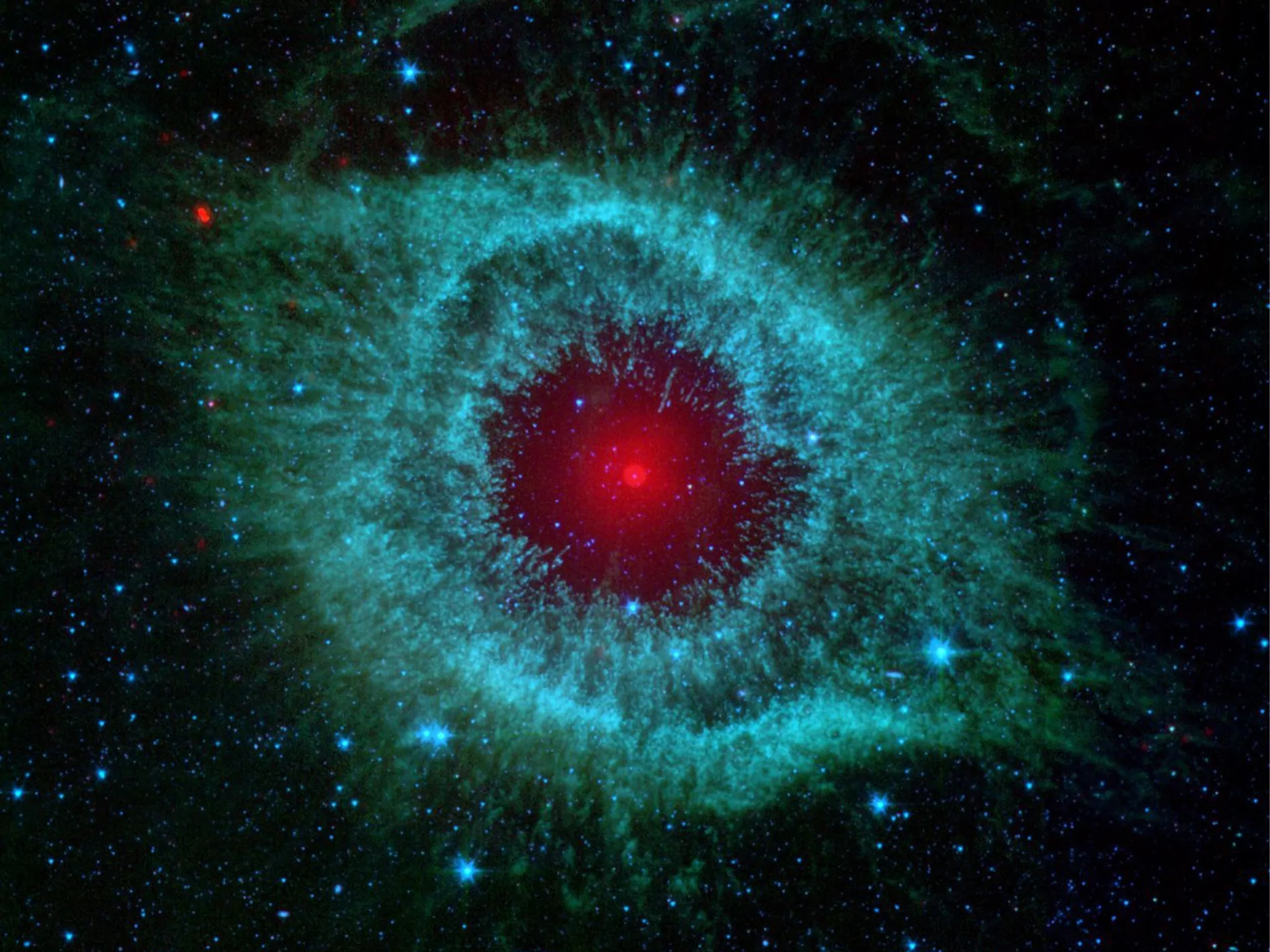For starters, the Sun will never become a black hole. This threatens only massive stars, to which the Sun does not belong. In the future, our star will expand and turn into a red giant, and then, most likely, will form a beautiful planetary nebula.
If a black hole with a solar mass suddenly turned out to be in place of the Sun, we would still not be pulled into it, because black holes «work» differently. A hypothetical black hole would have the same mass as the Sun, but not the same size. The size of a black hole is determined by the point of no return or, officially, the event horizon. The distance from the event horizon to the center of a black hole is called the Schwarzschild radius. The only thing we need to do to survive (apart from the absence of light) is to be outside this radius and not approach it.
According to calculations, the larger the black hole, the larger this radius. A black hole with the mass of the Sun would have a Schwarzschild radius of 2954 meters. That is, if you do not approach such a black hole closer than three kilometers, then you still have a chance of survival. In order for the event horizon to reach Earth, the black hole must be 51 million times more massive than the Sun.
Nothing will happen to the Earth’s orbit either. Orbits in space do not depend much on the size of the object around which they pass. They depend on its mass. So if the mass does not change, then the orbit remains unchanged. That is why the supermassive black hole at the center of our galaxy did not swallow us and nearby stars.
